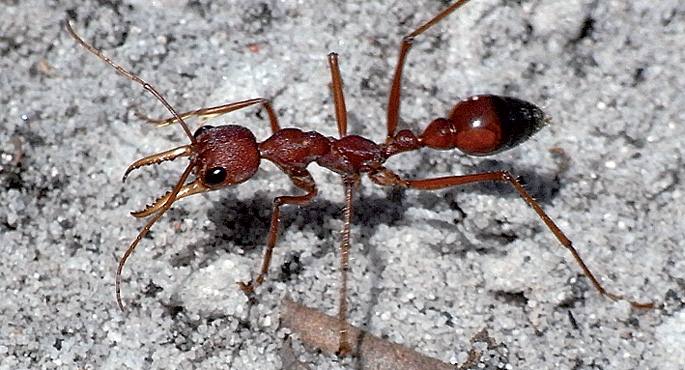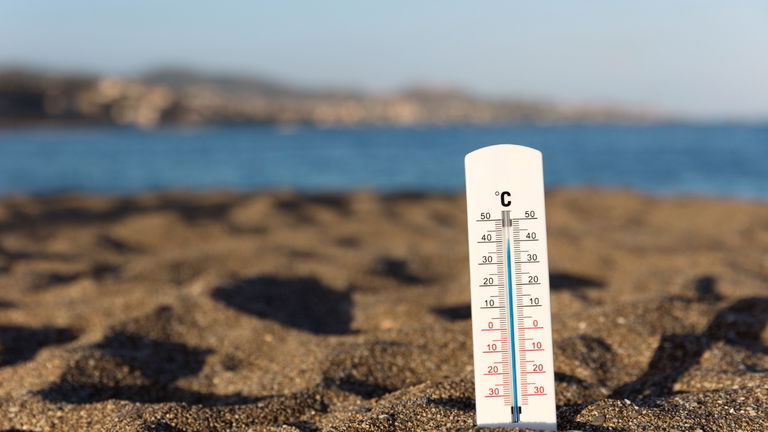Ants detect earthquakes.

Biologist Gabriele Berberberich of the University of Duisburg-Essen in Germany presented at the Annual Conference of the European Commission on Geosciences a study showing that some species of ants take measures to protect themselves from earthquakes.
Berberich studied the red ants and found that earthquakes of 2 or more factors were detected on the Richter scale. To measure and collect data, the Basque Government installed several video cameras connected to a software in an area where ants lived. In the images taken for a long time it is clear that before the earthquake occurs ants do not enter their shelter, that is, they remain outdoors until the earthquake passes. For a long time outside a predator is more at risk of eating, but prevents it from being buried forever by not accessing underground shelters.
Researchers have clearly seen this behavior, although the system that ants use to detect earthquakes is not so clear. Supposedly, by means of receivers they can detect changes in the amount of carbon dioxide and in the electromagnetic fields produced in the air.
This weekend I've been thinking about the word 'aesthetic' in relation to a phrase said by a friend: “This work is aesthetic.” I have studied the etymology of the word aesthetic, it seems that its meaning was originally perceived through the senses, and it was later associated... [+]
Life surrounds everything, it is limited and fragile. To live good lives, it seems to me that the body knows what to do, while the mind, although it knows (when it is well informed), often sees the body deliberately silence. In this silence the mind opens itself to relations... [+]
The consumerist culture we live in sends every user to an unreasonable enjoyment. As Slavoj Zize says, Enjoy your fetish, it has become the rude mandate of hypermodernity. Current enjoyment is carried out through existing technological devices to occupy the place of fetish. But... [+]























